Christmas beyond plum cake: Add an Indian twist this year with these delectable sweets
While no Christmas celebration is complete without the quintessential rum-soaked plum cake, here are some unconventional Indian sweets and desserts that you must try this festive season.
Nothing says Christmas better than the good old plum cake! While most of us are accustomed to sinking our teeth into the moist dessert loaded with dry fruits, soaked in rum or whisky, there are many sweet treats from different parts of the country that deserve equal attention.
Goa and Kerala feature at the top of the list, thanks to a sizeable Christian population in these regions. Most of their traditional sweets are painstakingly made by the entire family, fostering a spirit of community and camaraderie.
So, YS Life suggests you indulge in some of these sweets and desserts, made using indigenous ingredients, which will leave you pleasantly surprised.
Nevreo
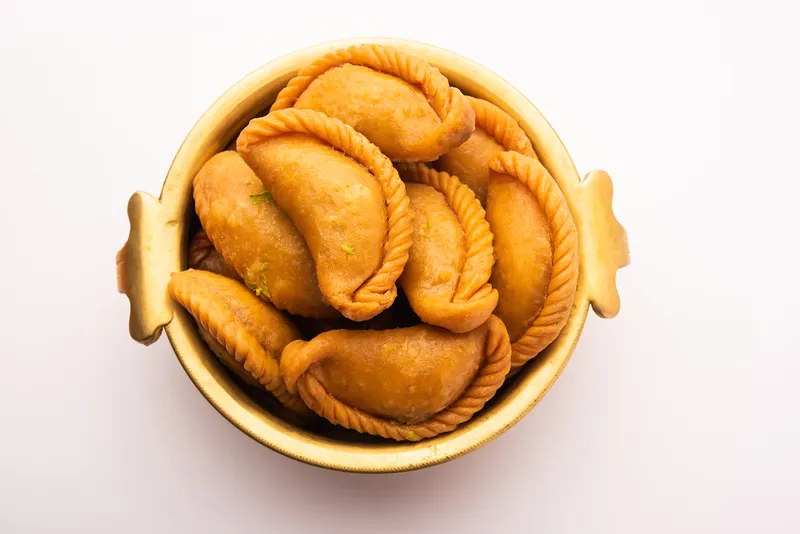
Nevreo, as it is locally called in Goa, is a crescent-shaped sweet puff generously filled with coconut, semolina or cardamom
At first glance, this sweet resembles the gujiya we relish on Holi. However, Nevri or Nevreo, as it is locally called in Goa, is a crescent-shaped sweet puff generously filled with coconut, semolina or cardamom.
Folklore expert and writer Jayanti Naik, in a media article, had stated that the semi-circular shape of the Nevri could be a representation of female genitalia (symbols of fertility) and the celebration of Mother Earth.
Its crispy exterior and melt-in-the-mouth filling are a match made in heaven. Trust us, it’s quite possible to go overboard with this sweet.
Traditionally, the women of the house would spend an entire day folding parcels stuffed with the dry fruit filling, interspersing this activity with bouts of gossip. Once this is done, the moulds are dipped in hot oil and fried till they turn golden brown.
The best part is Nevreo can be stored for several weeks.
Avalose Unda
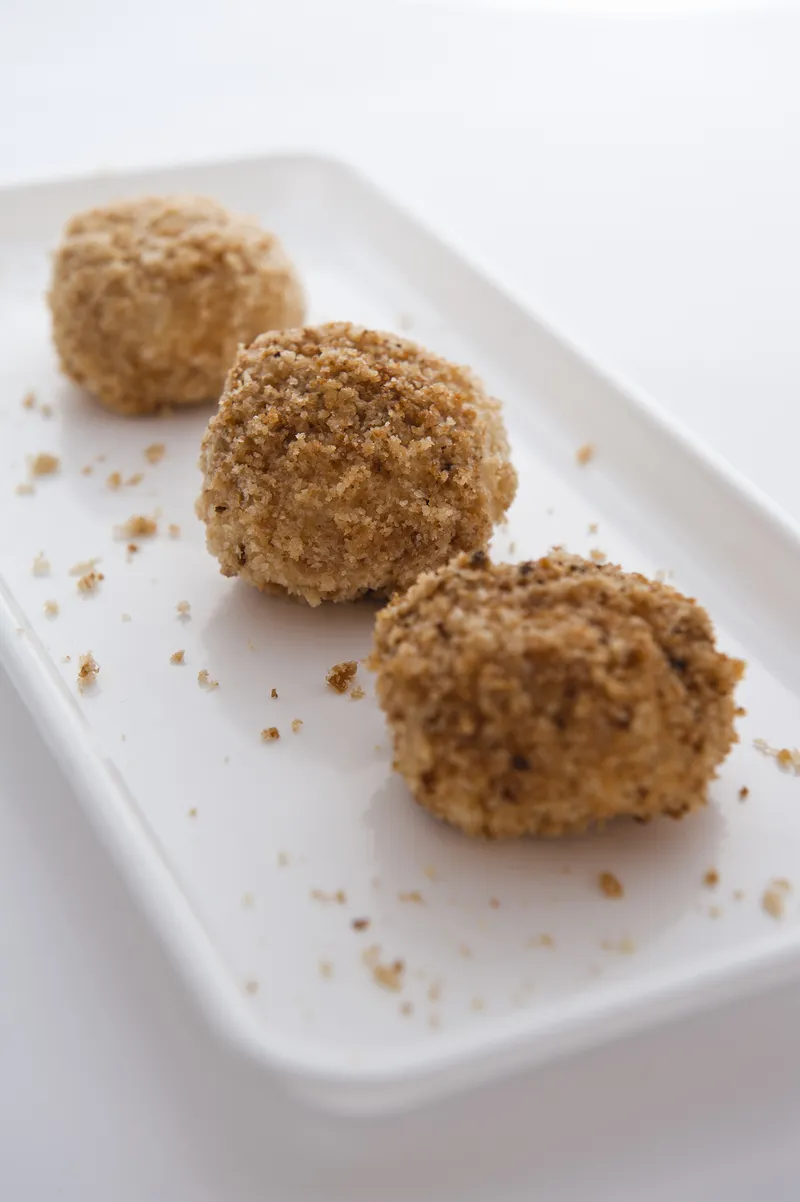
The Avalose Unda has several health benefits for the gut and strengthens immunity
Another popular Christmas sweet meat is Avalose Unda from Kerala. The Avalose Podi (podi means ‘powder’) is generally converted into unda (ball) using rice and jaggery. The podi is eaten as a naalu mani palaharam (four o’clock snack), as it has several health benefits for the gut and strengthens immunity.
The authentic recipe makes use of chemba or matta rice that is dry roasted until it turns brown. Thereafter, it is pounded into a fine powder and mixed with cardamom and coconut. Jaggery is used as a sweetener to ensure the health quotient stays intact.
Achappam Rose cookies
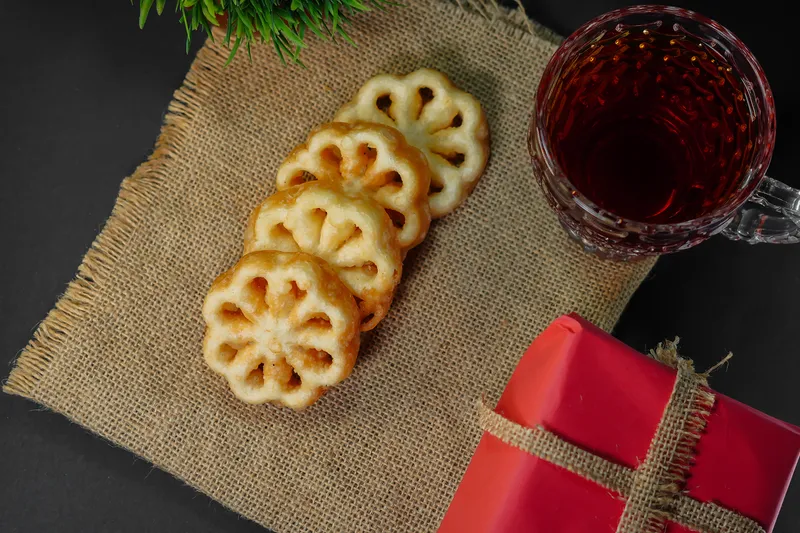
The traditional Achappam Rose Cookies are served by the by the Anglo-Indian community and Christians in Goa and Mangaluru
Who doesn’t love indulgent chocolate cookies studded with chocolate chips? Salivating, are you? But once you have had Kerala’s Achappam Rose cookies, you are bound to forget everything else.
A rose-shaped mould, known as achu, is dipped into a thin batter made with rice flour, eggs, milk and sugar.
The exquisite-looking mould smeared with batter is then dunked in hot oil and fried until it’s crisp and ready to bite into. Many find a strong resemblance to Europe’s rosette cookies–however, those are made from all-purpose flour.
This traditional sweet is largely popular in Kerala and is also served by the Anglo-Indian community and Christians in Goa and Mangaluru.
Kulkuls
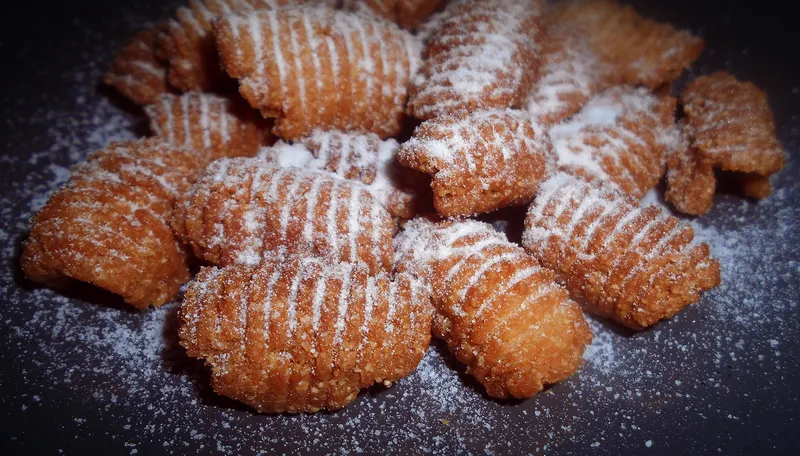
An integral part of the kuswar or the Goan Christmas sweet platter, kulkuls are sweet treats characterised by their textured ridges or curls
This Goan sweet is as indulgent as it can get! Inspired from the Portuguese Filhoses Enroladas, kulkuls translates to ‘worms’ in Konkani, largely because of their shape. Don’t be put off by this fact because the taste makes up for everything else!
An integral part of the kuswar or the Goan Christmas sweet platter, this sweet treat is characterised by its textured ridges or curls that are generally combed with a fork to make them look more well-defined.
It’s quite a task to make this sweet. The batter is first made using all-purpose flour, semolina, eggs, salt and ghee. Next, icing sugar is added, and the dough is left aside for an hour or so. Once it has set, little balls are made from the mixture using hands. In the last step, a fork or roller is used to make curls.
Ariselu

Ariselu, also known as Arsa in North India, is one of the oldest sweets relished by those who live in the Garhwal region of Uttarakhand
This traditional sweet is enjoyed in generous quantities on Christmas, particularly in Andhra Pradesh and Tamil Nadu. The batter is prepared with rice flour, to which cardamom, sesame seeds, and jaggery syrup are added. As the sweet contains sesame seeds, it’s a good way to regulate the body temperature in the winter months.
Ariselu is also enjoyed by some communities in North India. Known as Arsa, it is one of the oldest sweets relished by those who live in the Garhwal region of Uttarakhand. It is generally made on special occasions.
Dodol
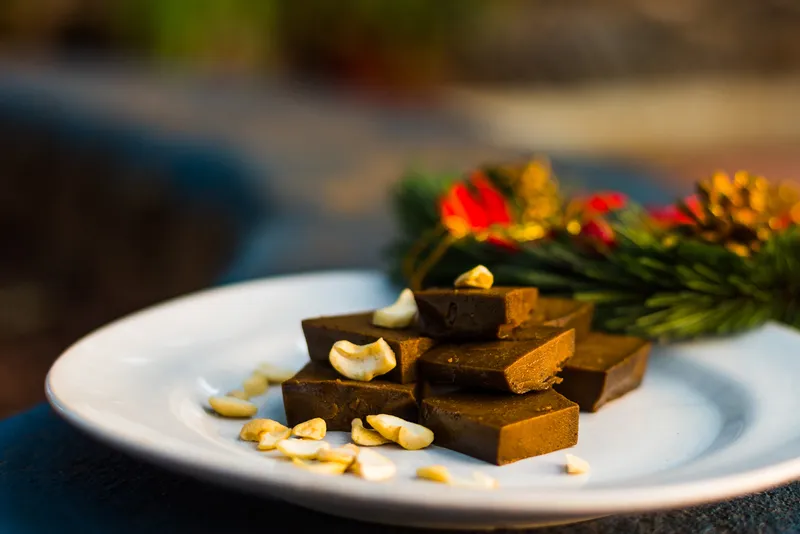
Dodol has a sticky and thick consistency, which takes anywhere between two to nine hours to achieve
An exquisite Goan delicacy, Dodol is a Christmas sweet treat that is made using coconut milk, dry fruits, jaggery and rice flour.
It is believed that Dodol was introduced by the Portuguese, who invaded the country during the 16th and 17th centuries. The traditional dessert, which mimics a sweet toffee, also forms an integral part of the culinary traditions in Indonesia, Malaysia, Singapore, Sri Lanka, Thailand and Burma.
It has a sticky and thick consistency, which takes anywhere between two to nine hours to achieve. Interestingly, the sweet doesn’t stick to your fingers as it’s firm.
Bebinca
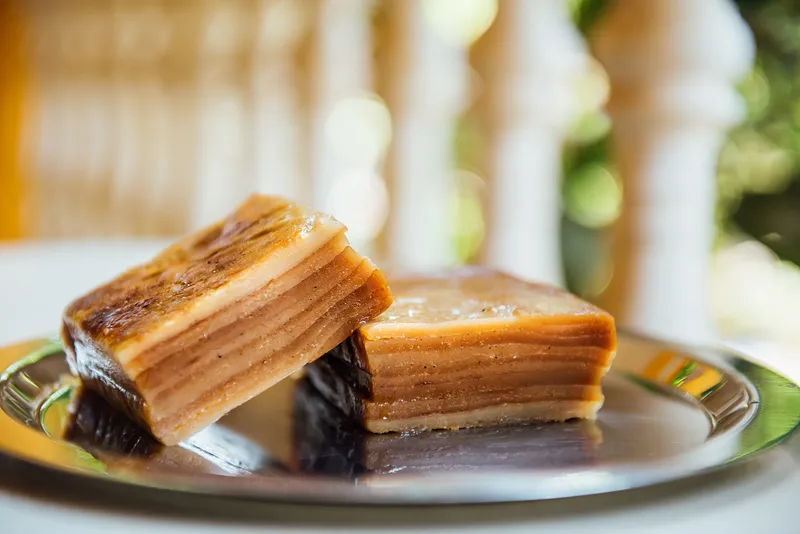
Bebinca has its origin in Portuguese culture. It is believed to have been first prepared by a nun Bebiana, at the Convento da Santa Monica, near Old Goa
Another staple in Goan households during Christmas is Bebinca, also known as ‘Bebik’ that translates into 'the queen of desserts'. The multi-layered treat is made with egg yolks, flour, butter, sugar and coconut milk; the secret ingredient is nutmeg that instantly elevates its taste.
This sweet treat has its origin in Portuguese culture. As per legend, Bebinca was first prepared by a nun, Bebiana, at the Convento da Santa Monica, near Old Goa. She made seven layers to symbolise the hills of Goa and Lisbon.
There are several stories that talk about Bebinca being prepared in a dhond, an earthenware pot that is placed over fire with coal on the lid of the vessel. Many families practise this ancient tradition even today.
(All images are sourced from Shutterstock.)
Edited by Swetha Kannan







